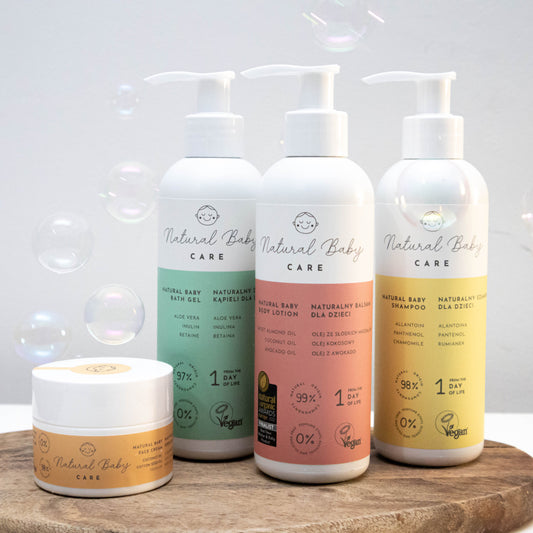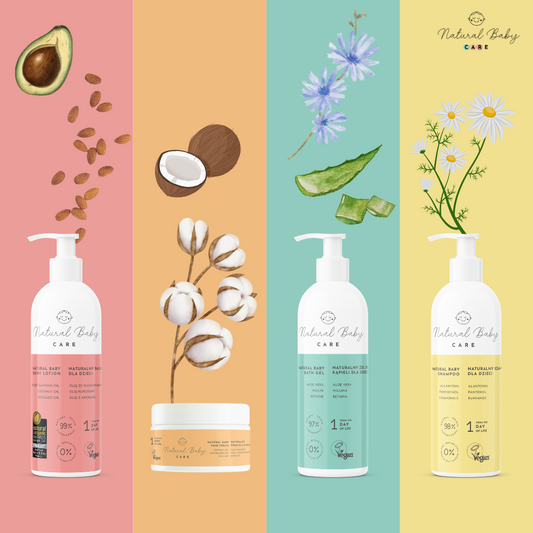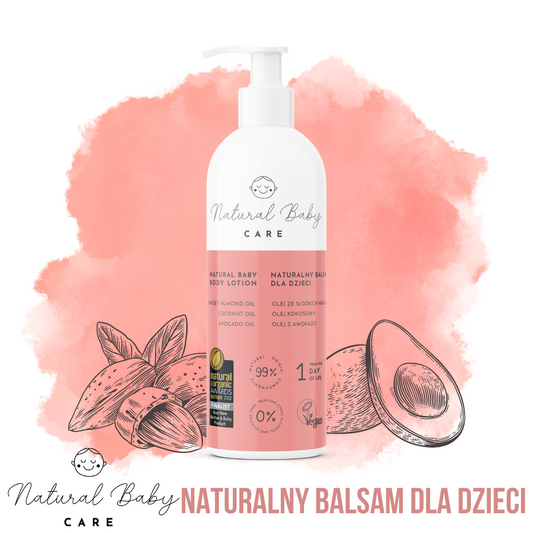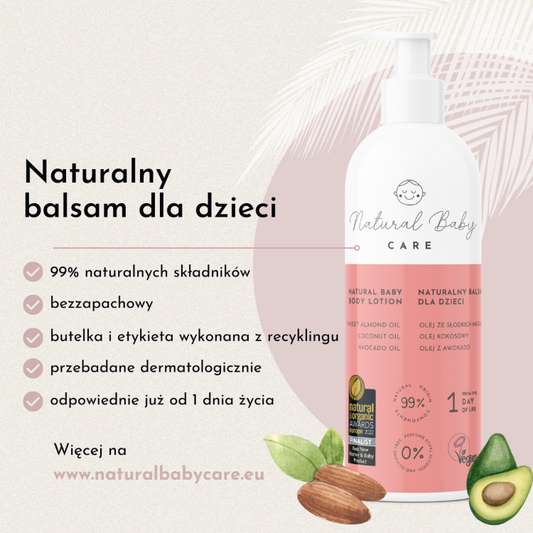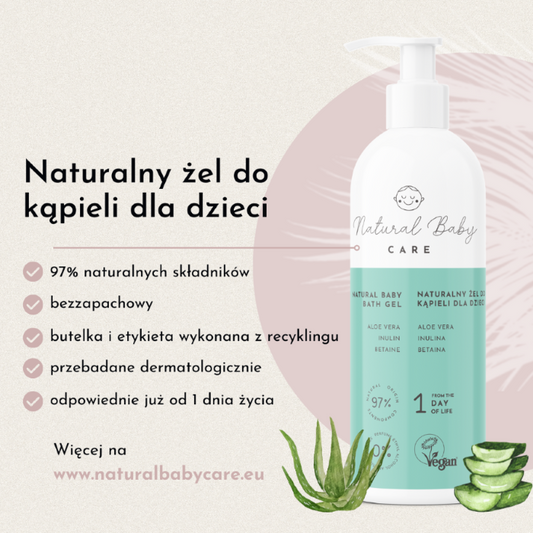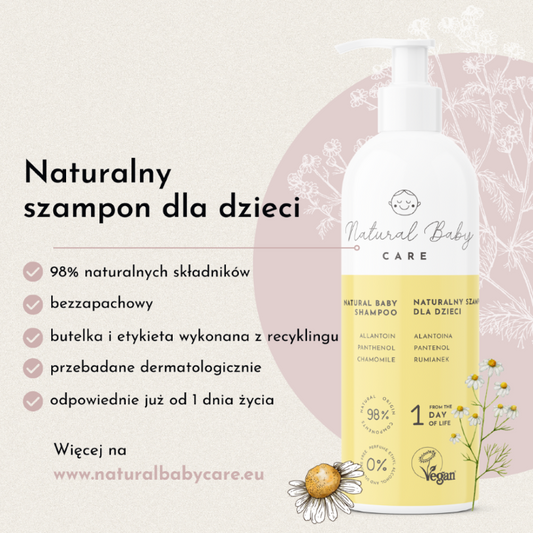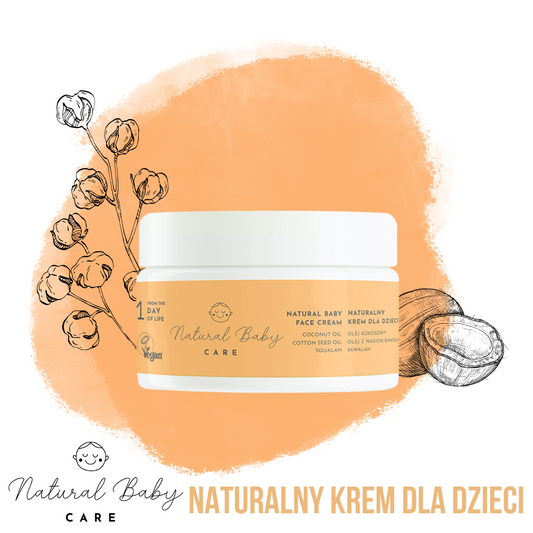Home > Knowledge Zone > Blog > Bathing a newborn step by step
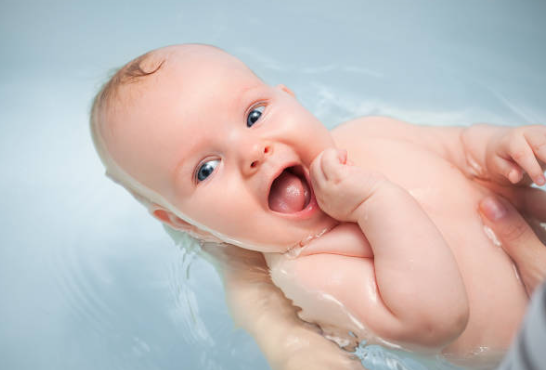
Bathing a newborn step by step
Author : Natural Baby Care Team
Publication date: July 4, 2024
Reading time: 5 minutes
Bathing a newborn is an important part of the daily routine for parents and their little one. While it may seem complicated, regular bathing is crucial for a baby's health and hygiene. In this article, we'll provide a step-by-step guide to safely and effectively bathing a newborn, ensuring it's a pleasant experience for both baby and parents.
Check out cosmetics for your baby's delicate skin
When bathing your newborn, start by washing their body. Use a gentle, hypoallergenic soap and shampoo designed specifically for babies. Apply a small amount of soap to a sponge or your hand and gently wash your baby's body, starting at the neck and then moving to the shoulders, chest, arms, legs, and back. Wash their hair carefully, avoiding contact with the shampoo in their eyes.
Did you know that...?
Collapsible content
Jak często kąpać noworodka?
Jaką temperaturę wody powinno mieć kąpiel noworodka?
Czy mogę używać zwykłego mydła do kąpieli noworodka?
Co zrobić, jeśli noworodek płacze podczas kąpieli?
Czy mogę zostawić noworodka samego podczas kąpieli?
Jakie akcesoria są potrzebne do kąpieli noworodka?
Jakie produkty są najlepsze do kąpieli niemowlaka?

